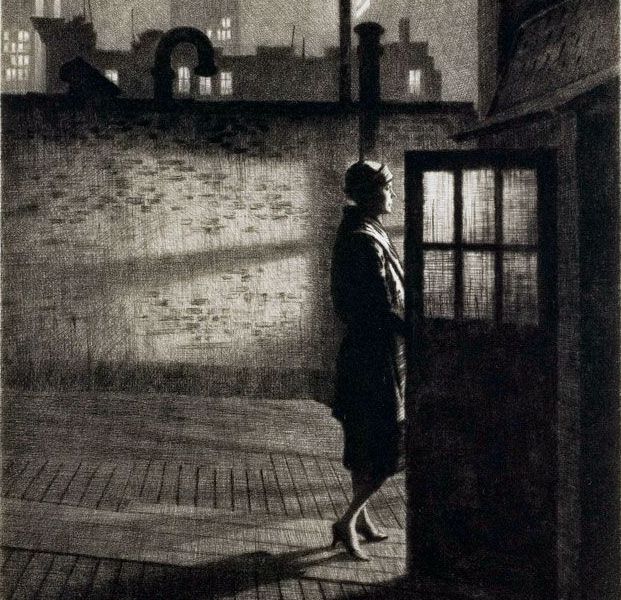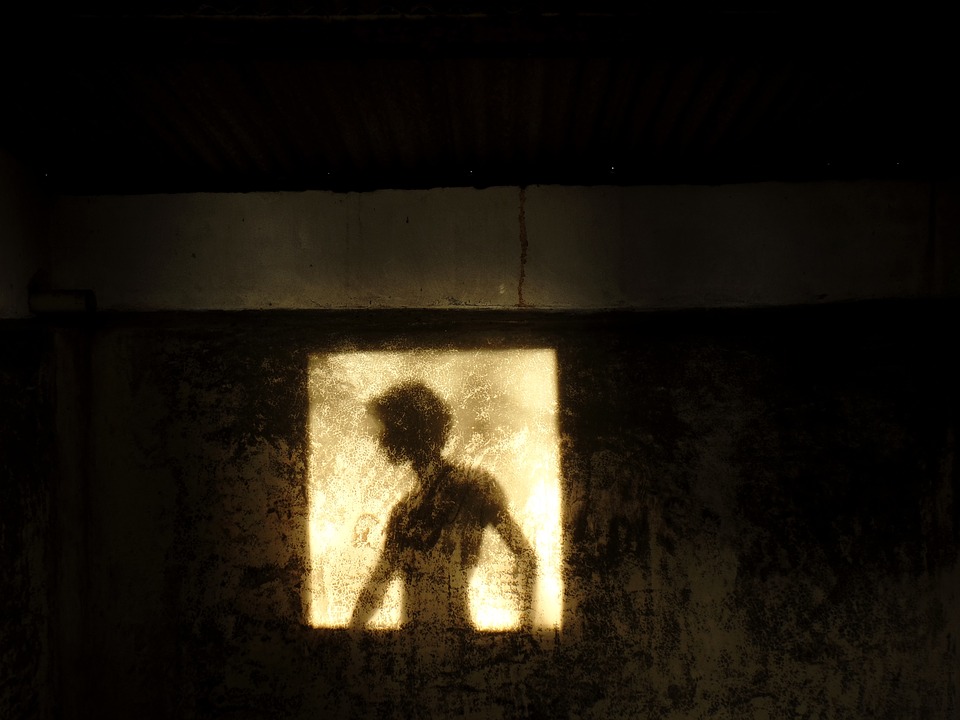UPDATE: April 27,Glori-Anne Gilbert Archives 2021: In the spring of 2021,Brood X of the cicadas will gloriously emerge from the ground (last year was Brood IX) in parts of the Midwest, Southeast, and the mid-Atlantic. Brood X is shown in yellow on this map. They are a native species who don't threaten humans, and as detailed below, aren't "invading."
They'll emerge from the earth when the soil temperature is just right, at around 64 degrees Fahrenheit.
The sound of millions of cicadas is so deafening that George Hamilton, an entomologist, has even heard them over the rock and roll music blasting from his car speakers.
In different regions at different times, there are massive emergences of cicadas from the ground in the U.S., where for 17 years they feed on plant roots. One of these grand emergences of cicada populations, known as Brood IX, is now mostly happening in parts of Virginia and West Virginia [Editors note: Brood X is happening in parts of the Midwest, Southeast, and the mid-Atlantic in 2021], and will last through mid-June. After years underground, the insects crawl out en masse to mate, lay eggs, and die over the course of just a few weeks. The male cicadas sing (by vibrating their abdomens) to attract mates.
The huge emergence is not nearly an invasion (like, say, the invasive giant hornet potentially establishing itself near or in Washington), but a display of an awesome natural event. Cicadas are native species, a feast for animals in the woods, and they don't bite, sting, or threaten humans.
"It’s an incredibly amazing biological phenomenon," said Eric Day, an entomologist at Virginia Tech, who even with his windows shut can clearly hear Brood IX now buzzing in Craig County, Virginia.
"It’s not much of an invasion," Day added. "It's an emergence of what was already here."
The emergence might seem like the stuff of fiction, but it's real.
"All of a sudden you'll see a hole appear and these insects will come crawling out of the ground," said Rutgers’ Hamilton, the chair of the Department of Entomology at Rutgers University. After emerging, the cicadas split open the back of their exoskeleton and slide out. Then, they transform. "They go through a color change," explained Hamilton. "They go from a white to a blackish-blue body."
"It’s not much of an invasion."
The cicadas' time above ground culminates with them laying eggs in tree branches. Around six weeks later, nymphs emerge, fall to the soil, and burrow into the ground, where they stay for 17 years (some species stay underground for less time, including dog-day cicadas, which appear every year). The egg-laying, by splitting open branches, can certainly cause economic problems for those in businesses like apple-growing or nurseries, but there isn't widespread agricultural harm caused by cicadas, like the ongoing locust outbreaks in Africa and Asia.
For those who can't tolerate the sound, at least the emergences are relatively rare. "There’s nothing you can do," said Hamilton. "You just have to put up with the noise once every 17 years and then it’s all over."
The emerging cicadas, which can have up to 1.5 million individuals per acre, are a great boon to the natural world.
"Birds snatch them up, mammals easily spot them, and insect predators consume their fill," said Robert Furey, a behavioral ecologist and entomologist at Harrisburg University of Science and Technology. "Every predator with a taste for cicada flesh takes advantage of the easy prey."
 A Brood IX cicada. Credit: Charlie floyd / Shutterstock
A Brood IX cicada. Credit: Charlie floyd / Shutterstock The cicadas don't mind that they’re highly visible, with shiny black bodies and vivid red eyes. They have profound strength in numbers, so most aren't gobbled up. "If you are one of 1.5 million cicadas, the odds really are in your favor," said Furey. It's a "spectacular example" of an anti-predation strategy known as "predator satiation," he said.
Though today's cicada emergences can be enormous, they likely used to be even bigger. That's because they depend on tree roots to survive, but in many areas there are now fewer trees or less forest, but more roads, buildings, and development. "We have taken away their food," said Hamilton, noting urbanization in New Jersey. "There used to be many more."
But in parts of western Virginia, Brood IX is certainly flourishing. Trees are abundant, and timber harvesting is done in a pretty sustainable way, noted Virginia Tech’s Day. "It leaves lots of area for the cicadas to perpetuate," he said.
For those interested in experiencing 2020's brood, traveling and vacationing over long distances is certainly difficult (and unadvised) during a historic, ongoing pandemic [Editor's note: Things are better in 2021, especially if you're vaccinated]. But cicada experts emphasize that a different brood, Brood X, is scheduled to emerge from its underground realm next year. It’s a big brood, too, extending from near Washington, D.C. to upstate New York, and even west to Illinois.
"It's front row seating for Brood X," said Day.
In a modern world rife with extinctions from the likes of habitat destruction, invasive predators, and accelerating climate change, the great cicada emergences are a robust breath of wild, rich air from the natural world.
It's a poignant reminder that insects are foundational to the food web, and a dominant part of our lives. They're not invading. They're a fundamental part of the world.
"People always ask me, 'When are the insects going to take over the world?'" noted Day.
"They already have," he said.
This story was originally published in 2020 and updated in 2021.
Previous:Bargaining For the Common Good
Next:Mary Shows Up
 Best robot vacuum deal: Get the Roborock Q5 Max for 53% off at Amazon
Best robot vacuum deal: Get the Roborock Q5 Max for 53% off at Amazon
 Redux: The Seismographic Ear by The Paris Review
Redux: The Seismographic Ear by The Paris Review
 On Being a Woman in America While Trying to Avoid Being Assaulted by R. O. Kwon
On Being a Woman in America While Trying to Avoid Being Assaulted by R. O. Kwon
 Redux: The Seismographic Ear by The Paris Review
Redux: The Seismographic Ear by The Paris Review
 This fat bear's before and after photos are stunning
This fat bear's before and after photos are stunning
 Eau de Nil, the Light
Eau de Nil, the Light
 Passing Mary Oliver at Dawn by Summer Brennan
Passing Mary Oliver at Dawn by Summer Brennan
 Redux: Mary Oliver and Francine du Plessix Gray by The Paris Review
Redux: Mary Oliver and Francine du Plessix Gray by The Paris Review
 NYT Connections Sports Edition hints and answers for May 18: Tips to solve Connections #237
NYT Connections Sports Edition hints and answers for May 18: Tips to solve Connections #237
 Was Holly Golightly Bisexual? by Rebecca Renner
Was Holly Golightly Bisexual? by Rebecca Renner
 SpaceX's Starlink satellite launch in pictures
SpaceX's Starlink satellite launch in pictures
 The Truth About AI: A Secular Ghost Story by Zachary Mason
The Truth About AI: A Secular Ghost Story by Zachary Mason
 Daddy Issues: Renoir Père and Fils by Cody Delistraty
Daddy Issues: Renoir Père and Fils by Cody Delistraty
 On The Radio, It’s Always Midnight
On The Radio, It’s Always Midnight
 SpaceX's Starlink satellite launch in pictures
SpaceX's Starlink satellite launch in pictures
 The Postmenopausal Fairy Tale by Sabrina Orah Mark
The Postmenopausal Fairy Tale by Sabrina Orah Mark
 Donald Hall, 1928–2018
Donald Hall, 1928–2018
 Stuck on You: An Ode to the Second Person by Nell Stevens
Stuck on You: An Ode to the Second Person by Nell Stevens
 Nature Redescribed: The Work of Vija Celmins by The Paris Review
Nature Redescribed: The Work of Vija Celmins by The Paris Review
Introducing the Paris Review App! by The Paris ReviewWhat We’re Loving: Myth, Legend, Umlauts by The Paris ReviewIntroducing the Paris Review App! by The Paris ReviewMegan Thee Stallion delivers vital message about Black women on 'SNL'Listen: Sylvia Plath Reads “Daddy” by Sadie SteinLiterary Salons, Unfilmable Books by Sadie SteinWhat We’re Loving: Myth, Legend, Umlauts by The Paris ReviewHow to watch the 'Trixie and Katya Live: The Last Show' live stream at homeA fly landed on Mike Pence's head during the debate and it stayed there for 2 minutesHow to watch the 'Trixie and Katya Live: The Last Show' live stream at homeLetter from a Haunted House: Part 2 by Amie BarrodaleBoo! And Other Ways to Scare Kids by Sadie SteinThe Long and Short of It by Sadie SteinA fly landed on Mike Pence's head during the debate and it stayed there for 2 minutesMeta to test limiting news posts on Facebook in Canada10 moments that defined the first decade of Instagram'Spider'Quordle' today: See each 'Quordle' answer and hints for June 1Kamala Harris reminding Mike Pence 'I'm speaking' is every woman in a meeting10 moments that defined the first decade of Instagram Wordle today: Here's the July 29 Wordle answer and hints Richard Madden graces the cover of GQ, addresses James Bond rumours Samsung's Galaxy S22 to launch in new Bora Purple color Rocket debris from China's largest rocket fell through Earth's atmosphere Feel the horror of watching an engagement ring go into a subway grate Dr Disrespect dropped game footage for his new shooter. People immediately shredded it. The FTC is suing to stop Meta from acquiring Within, a VR fitness company Jameela Jamil goes viral with her comments about 'why airbrushing should be illegal' Tony Hawk sings with 'Tony Hawk's Pro Skater' cover band in London bar 8 ways you can celebrate Priyanka Chopra and Nick Jonas' wedding Twitter has increased the price of its subscription service, Twitter Blue Snapchat's new AR game lets you hunt ghosts in your own home 20 gifts for people who've been burned by 2018 In South Asian culture, being single over 30 is stigmatised. These women want to change that. 'Xenoblade Chronicles 3' review: Persist and ye shall be rewarded Pornhub responds to Starbucks porn ban with a clever new SFW idea How to navigate the world of internet pet adoption with your kids 19 wild headlines from 2018 that sadly aren't from The Onion History made with first LGBT kiss at Macy’s Thanksgiving Day Parade What's the deal with Gordy the chimp in 'Nope'?
2.1347s , 10131.578125 kb
Copyright © 2025 Powered by 【Glori-Anne Gilbert Archives】,Unobstructed Information Network